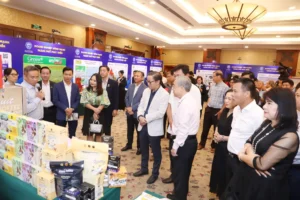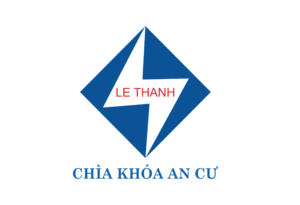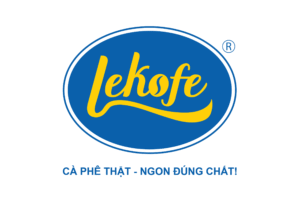Amid global economic uncertainty, “U.S. tariffs 2025” has become a critical keyword directly influencing the export strategies of Vietnamese businesses. New U.S. tax policies not only raise the cost of goods but also create stricter technical barriers, forcing businesses to quickly adapt. Rapid shifts in trade policies, geopolitical instability, and rising protectionism pose major challenges for Vietnam’s supply chains and export competitiveness.
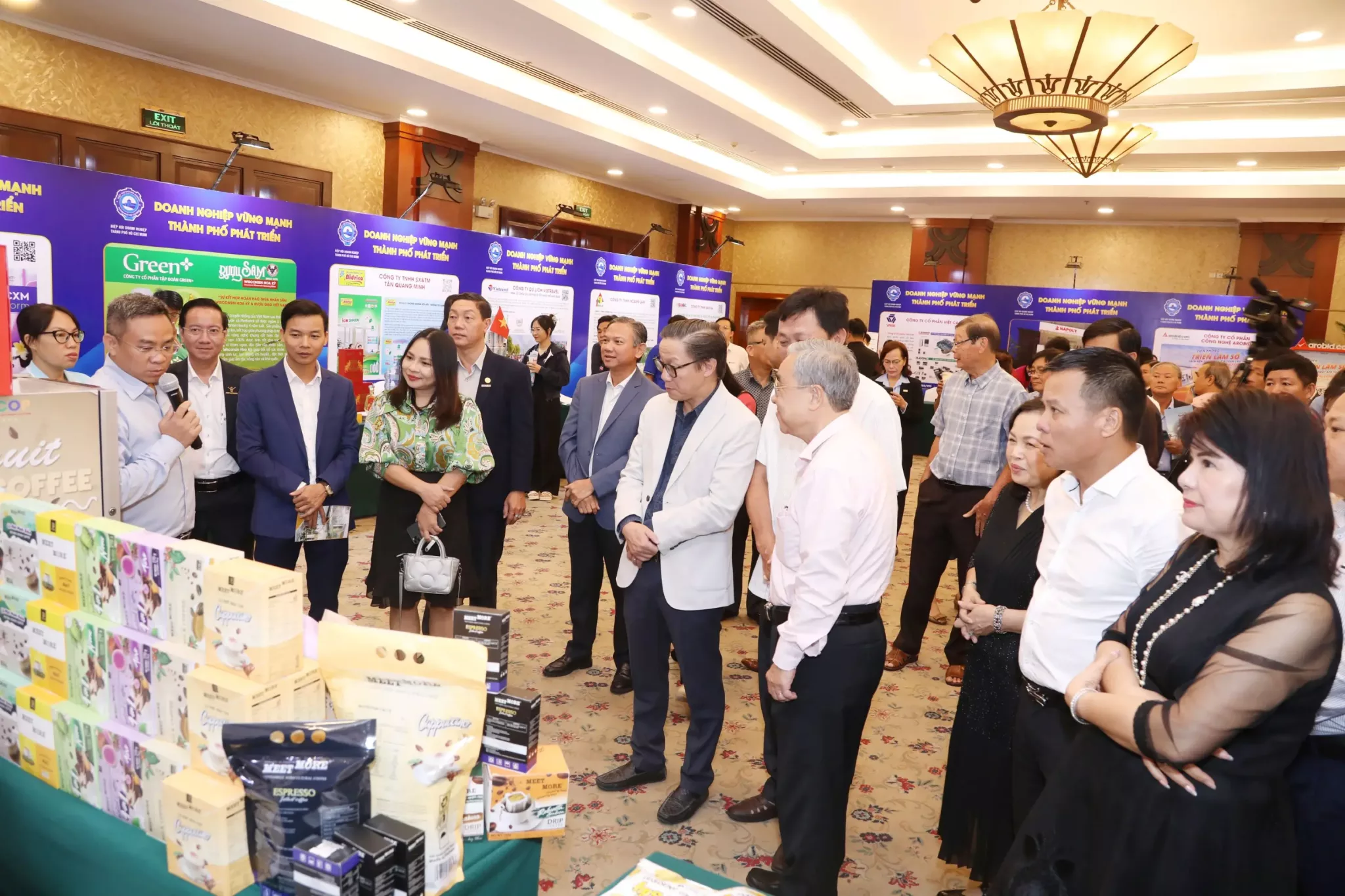
Exchange and visit HUBA members’ booth at the 82nd huba business cafe program with the theme of US Tariffs 2025
Key Figures and Expert Insights
Dr. Can Van Luc – member of the National Financial and Monetary Policy Advisory Council – noted that global economic growth in 2025 is forecast at just 2.8%, with the U.S. slowing to 1.8% and China at 4%. Inflation remains high and interest rates are unlikely to fall significantly, which will affect consumer demand in major markets and put pressure on Vietnam’s export goods.
Mr. Pham Binh An – Deputy Director of the HCMC Institute for Development Studies – emphasized that Vietnamese businesses must take control of their entire value chain, from raw material sourcing to product distribution. Leveraging the domestic market, diversifying exports, and optimizing free trade agreements (FTAs) are key success factors.
Digital Transformation and Green Production: A Must
Experts stress the urgent need for businesses to embrace digital transformation and green manufacturing. Transparency in origin, and compliance with international environmental standards will help meet the increasingly stringent requirements of U.S. and EU markets. Key export sectors like wood, textiles, and footwear are already transitioning. Enterprises in these sectors are investing in production technology, enhancing traceability, sharing orders, and improving labor quality to reduce tariff risks and technical barriers.
Economic Scenarios and Policy Recommendations
Experts foresee three main economic scenarios for 2025–2026:
- Optimistic: GDP growth at 7–7.5%
- Baseline: GDP at 6.5–7%
- Pessimistic: GDP at 5.5–6%
Regardless of the scenario, strengthening internal capacity remains vital. HUBA also recommends that commercial banks be more flexible in providing financial support, lowering interest rates, and easing credit conditions for exporters.
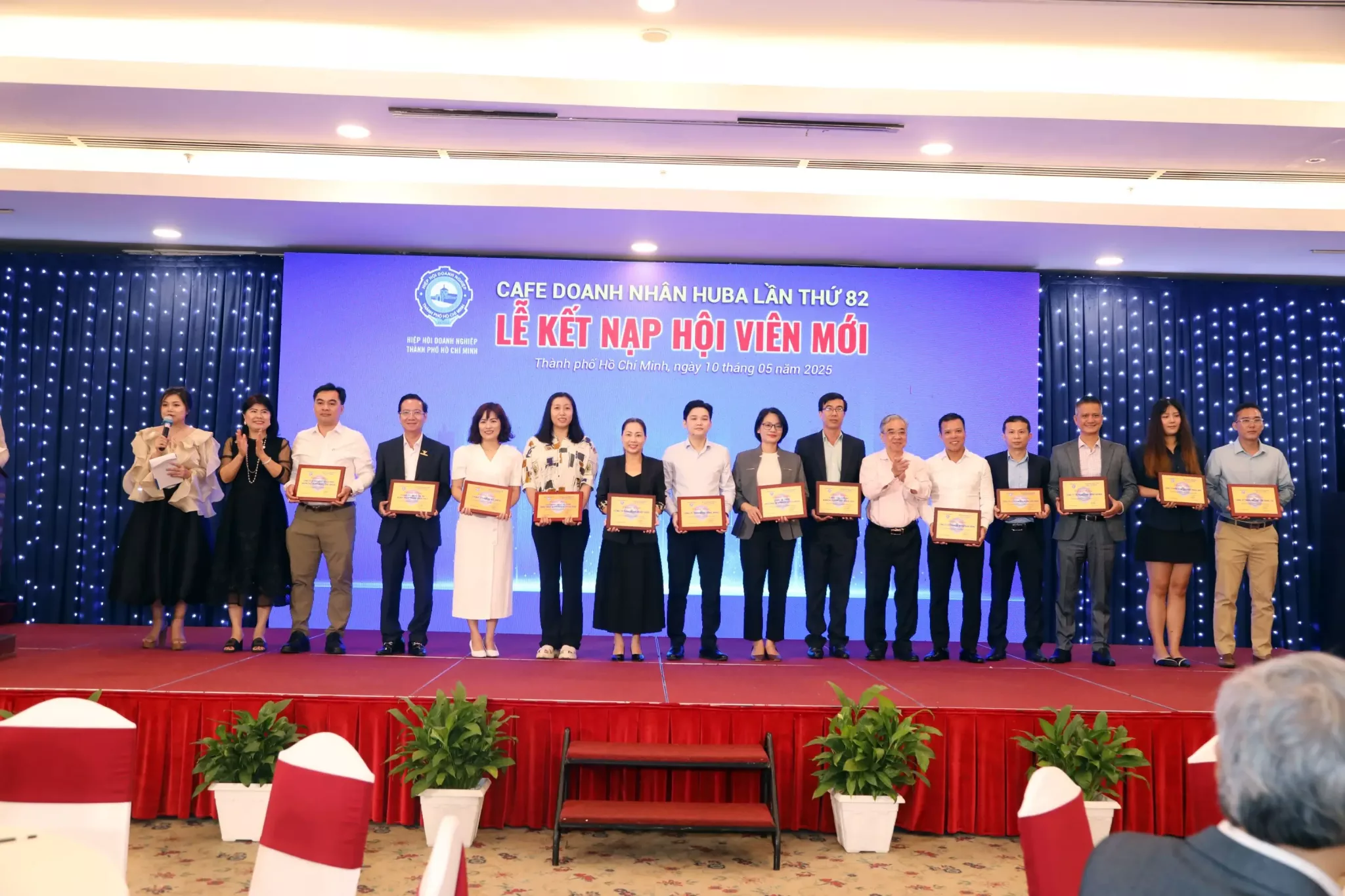
HUBA admits new members at the 82nd HUBA Business Cafe program
Strategic Solutions for Vietnamese Exporters
To overcome challenges and seize opportunities, Vietnamese exporters should focus on the following strategies:
1. Proactively Respond to Tariff Changes
- Closely monitor new policies from the U.S. and major markets
- Develop flexible financial and supply chain strategies
2. Leverage FTAs
- Boost exports to markets with existing FTAs such as EU, CPTPP, and RCEP
- Partner with international distributors to expand networks
3. Embrace Digital Transformation and Innovation
- Apply technology in production, logistics, and customer service
- Register intellectual property and build digital branding
4. Green the Supply Chain
- Invest in clean technology and use recycled materials
- Comply with global environmental standards
5. Train Specialized Human Resources and Improve Governance
- Train teams in international trade, tariffs, and digital skills
- Enhance market forecasting, risk management, and corporate transparency
Nguyen Ngoc Hoa, Chairman of the Ho Chi Minh City Business Association (HUBA), speaking at the business coffee program themed “U.S. Tariffs 2025: Latest Updates & Impacts on Vietnam’s Exports,” emphasized the proactive role of businesses in tracking market trends and proposing responsive solutions.

Mr. Nguyen Ngoc Hoa, Chairman of Ho Chi Minh City Business Association (HUBA) spoke at the coffee program with the theme of US Tariffs 2025
Conclusion
U.S. tariffs in 2025 present both challenges and opportunities for Vietnamese exporters. In a volatile global environment, strengthening internal capabilities, seizing policy advantages, digital transformation, and green production are key to sustainable growth and global competitiveness.


